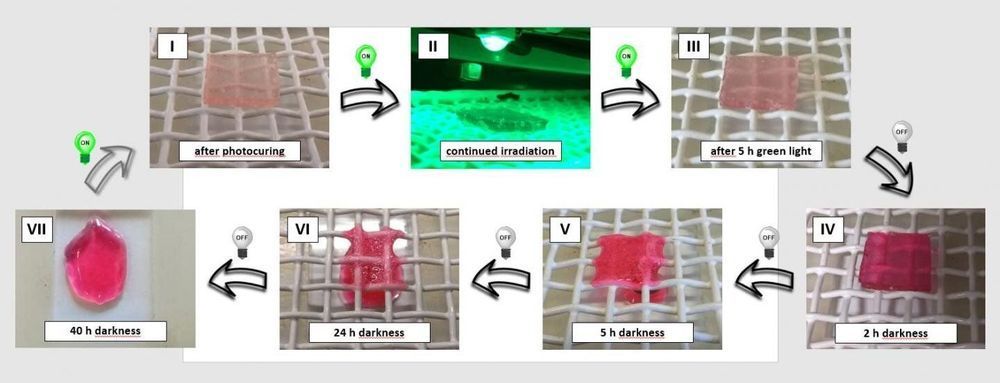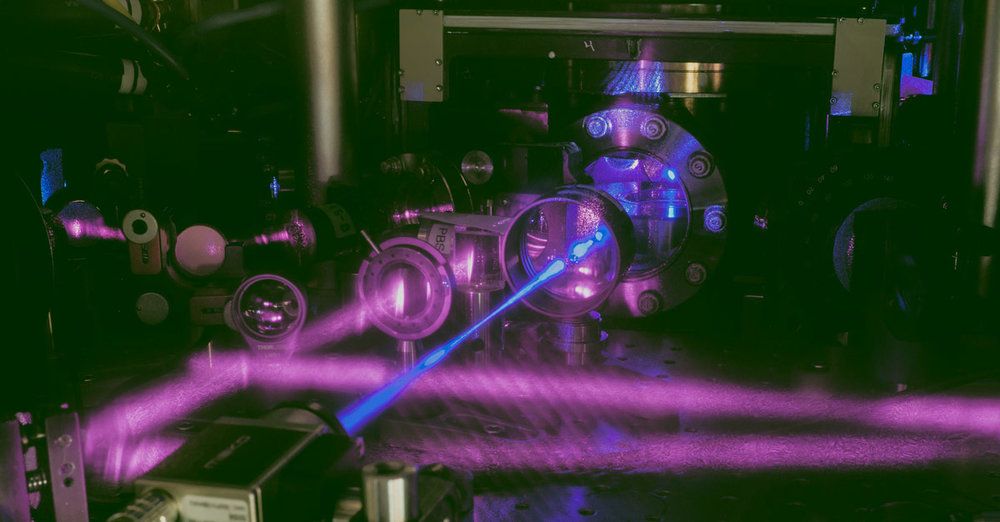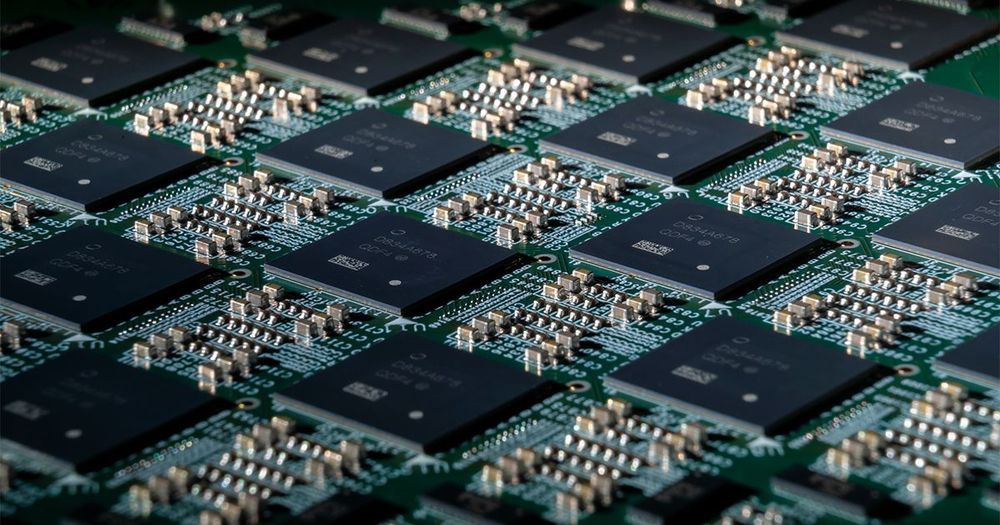Page 8536
Jul 15, 2019
Game-theory research better allocates military resources, fight cancer
Posted by Quinn Sena in categories: biotech/medical, cybercrime/malcode, military, robotics/AI
U.S. Army game-theory research using artificial intelligence may help treat cancer and other diseases, improve cybersecurity, deploy Soldiers and assets more efficiently and even win a poker game.
New research, published in Science, and conducted by scientists at Carnegie Mellon University, developed an artificial intelligence program called Pluribus that defeated leading professionals in six-player no-limit Texas hold’em poker.
The Army and National Science Foundation funded the mathematics modeling portion of the research, while funding from Facebook was specific to the poker.
Jul 15, 2019
Maria Blasco at Ending Age-Related Diseases 2019
Posted by Mark Sackler in categories: biotech/medical, life extension

Leading telomere researcher Maria Blasco press conference at the Ending Age-Related Diseases conference, New York, NY, July 12, 2019.
Jul 15, 2019
Rare Human-Sized Giant Jellyfish Caught On Camera
Posted by Quinn Sena in category: electronics
Jul 15, 2019
Green light for a new generation of dynamic materials
Posted by Quinn Sena in categories: 3D printing, sustainability
Developing synthetic materials that are as dynamic as those found in nature, with reversibly changing properties and which could be used in manufacturing, recycling and other applications, is a strong focus for scientists.
In a world-first, researchers from Queensland University of Technology (QUT), Ghent University (UGent) and Karlsruhe Institute of Technology (KIT) have pioneered a novel, dynamic, reprogrammable material—by using green LED light and, remarkably, darkness as the switches to change the material’s polymer structure, and using only two inexpensive chemical compounds. One of these compounds, naphthalene, is well known as an ingredient in moth repellents.
The new dynamic material could potentially be used as a 3D printing ink to print temporary, easy-to-remove support scaffolds. This would overcome one of the current limitations of the 3D process to print free-hanging structures.
Jul 15, 2019
Path to Million Qubit Quantum Computers Using Atoms and Lasers
Posted by Quinn Sena in categories: computing, particle physics, quantum physics
Atom Computing is building quantum computers using individually controlled atoms.
Ben has shown that neutral atoms could be more scalable, and could build a stable solution to create and maintain controlled quantum states. He used his expertise to lead efforts at Intel on their 10nm semiconductor chip, and then to lead research and development of the first cloud-accessible quantum computer at Rigetti.
Jul 15, 2019
Researchers develop computer model of ferrofluid motion
Posted by Quinn Sena in categories: biotech/medical, computing, nanotechnology
Ferrofluids, with their mesmeric display of shape-shifting spikes, are a favorite exhibit in science shows. These eye-catching examples of magnetic fields in action could become even more dramatic through computational work that captures their motion.
A KAUST research team has now developed a computer model of ferrofluid motion that could be used to design even grander ferrofluid displays. The work is a stepping stone to using simulation to inform the use of ferrofluids in broad range of practical applications, such as medicine, acoustics, radar-absorbing materials and nanoelectronics.
Ferrofluids were developed by NASA in the 1960s as a way to pump fuels in low gravity. They comprise nanoscale magnetic particles of iron-laden compounds suspended in a liquid. In the absence of a magnetic field, ferrofluids possess a perfectly smooth surface. But when a magnet is brought close to the ferrofluid, the particles rapidly align with the magnetic field, forming the characteristic spiky appearance. If a magnetic object is placed in the ferrofluid, the spikes will even climb the object before cascading back down.
Jul 15, 2019
The US Army will test armored robotic vehicles in 2020
Posted by Quinn Sena in categories: robotics/AI, transportation
Jul 15, 2019
Researchers’ deep learning algorithm solves Rubik’s Cube faster than any human
Posted by Quinn Sena in categories: information science, mathematics, robotics/AI
Since its invention by a Hungarian architect in 1974, the Rubik’s Cube has furrowed the brows of many who have tried to solve it, but the 3D logic puzzle is no match for an artificial intelligence system created by researchers at the University of California, Irvine.
DeepCubeA, a deep reinforcement learning algorithm programmed by UCI computer scientists and mathematicians, can find the solution in a fraction of a second, without any specific domain knowledge or in-game coaching from humans. This is no simple task considering that the cube has completion paths numbering in the billions but only one goal state—each of six sides displaying a solid color—which apparently can’t be found through random moves.
For a study published today in Nature Machine Intelligence, the researchers demonstrated that DeepCubeA solved 100 percent of all test configurations, finding the shortest path to the goal state about 60 percent of the time. The algorithm also works on other combinatorial games such as the sliding tile puzzle, Lights Out and Sokoban.
Jul 15, 2019
Intel’s Neuromorphic System Hits 8 Million Neurons, 100 Million Coming by 2020
Posted by Quinn Sena in categories: computing, neuroscience
Researchers can use the 64-chip Pohoiki Beach system to make systems that learn and see the world more like humans.
















